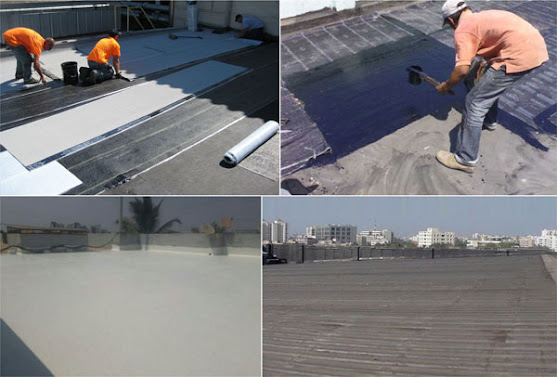Concrete Admixtures - Types And Functions, Explained
Concrete admixtures are a group of chemicals added to concrete during production. They alter or improve some aspects of the concrete and its performance. Concrete is a composite material consisting of aggregates (usually gravel or sand), water, and cement. Admixtures can be added before or during mixing, but most often, they are mixed with water at a ratio between 1% and 5% during the batching process. Concrete admixture manufacturers states that the most common types of admixtures are air-entraining, water-reducing, and superplasticizers.
What Are Concrete Admixtures?
Concrete admixtures are chemical additives added to concrete before it is poured. They’re used to improve various properties, including strength and workability.
Admixtures come in two basic types: water-reducing agents and air-entraining agents. Water-reducing agents lower the amount of water needed for a mix; this helps control shrinkage during the curing process by keeping the concrete from drying out too quickly (shrinkage can cause cracking). Air entraining agents create tiny air bubbles within the cement paste that help with strength enhancement by reducing shrinkage in hardened concrete and improving its resistance to frost action. Finally, superplasticizers allow you to use less water than normal when you mix your batch of concrete—this makes it easier to pump through hoses or spray tanks without clogging up!
Types of Alkaline Chemical Concrete Admixtures Curing Agents and Their
Benefits & Uses?
In this section, construction material manufacturers will discuss the types of alkaline chemical admixture curing agents and their benefits & uses.
In concrete construction, alkaline chemical admixtures increase the strength of hardened cement products. They do this by reacting with calcium hydroxide in concrete to produce calcium silicate hydrates (C-S-H), crystalline compounds that provide additional strength and durability.
With so many wall crack repair products India
, selecting an individual concrete admixture that is best suited for your application can be challenging. Many alkaline chemicals are used in concrete admixtures, curing agents, and other ingredients.
When choosing the
right admixture for your project, you’ll want to look at several factors:
Type of alkalinity
· Physical appearance or viscosity (how thick the liquid is)
· The temperature range at which it works best
· Low temperature: less than 150°F (65°C)
· Medium temperature: 150–180°F (65–82°C)
· High temperature: 180°F (82°C) or higher
Top construction chemical company in India brings us back to our original question: What are concrete admixtures? As you can see, they’re an integral part of the concrete construction process. This blog has given you a good overview of their function and how they are used, but there is much more information available if you want to learn more about them.
The best way to control shrinkage is to use the right mix design and work with a professional with experience mixing concrete. It would help if you also considered using air-entraining agents or superplasticizers, which can help reduce shrinkage by 10-20 percent.



Comments
Post a Comment